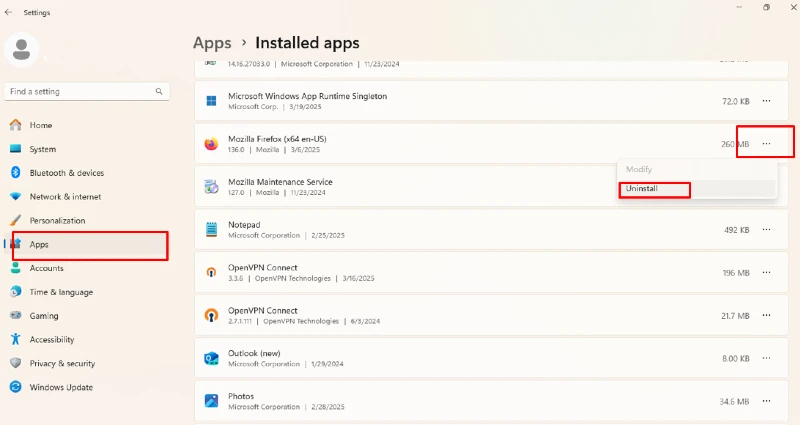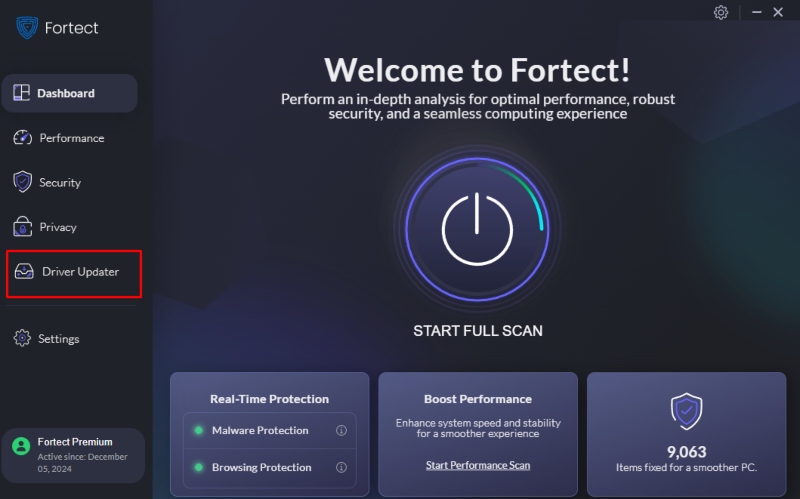WinRing0 Vulnerability in Windows: Risks and Fixes
WinRing0 is a low-level driver used by various system monitoring and overclocking tools. However, it poses a significant security risk due to its ability to provide direct access to hardware and kernel-level operations. Cybercriminals can exploit this vulnerability to execute malicious code, compromise system integrity, and gain unauthorized control over a Windows PC.
We will examine the risks associated with the WinRing0 vulnerability and provide effective solutions to secure your system.
Understanding the WinRing0 Vulnerability
WinRing0 is commonly used in third-party applications for system diagnostics and performance monitoring. The issue arises because it lacks proper security controls, allowing attackers to execute arbitrary code with kernel-level privileges. This can lead to privilege escalation, data breaches, and even system crashes.
How Cybercriminals Exploit WinRing0
- Privilege Escalation – Attackers can gain administrative access to execute malicious code at the kernel level.
- Arbitrary Code Execution – Malicious actors can inject and run harmful commands without user consent.
- System Instability – Unauthorized modifications to system processes can cause crashes and data corruption.
How to Check if Your System is Affected
To determine if your system has the WinRing0 driver installed, follow these steps:
- Open Device Manager – Press Win + X and select Device Manager.
- Check for WinRing0.sys – Expand System Devices and look for “WinRing0.sys.”
- Use Command Prompt – Press Win + R, type cmd, and run the following command:
- driverquery | findstr WinRing0
- If the driver is listed, your system is potentially vulnerable.
Ways to Fix the WinRing0 Vulnerability
1. Uninstall Applications Using WinRing0

Since WinRing0 is bundled with some performance monitoring tools, removing these applications can mitigate the risk.
- Open Settings with Win + I.
- Navigate to Apps > Installed apps.
- Find any software related to system monitoring or overclocking.
- Click Uninstall and follow the prompts.
- Restart your PC to complete the removal.
Let’s pretend that the screenshot above ( Mozilla Firefox ) is a software related to monitoring or overclocking that you want to remove or uninstall.
Right click on the three dotted lines and click uninstall.
2. Manually Remove the WinRing0 Driver
If the driver remains after uninstalling the application, remove it manually:
- Open File Explorer and navigate to C:\Windows\System32\drivers.
- Locate WinRing0.sys.
- Right-click and select Delete.
- Open Command Prompt (Admin) and run:
- sc delete WinRing0
- Restart your system to apply changes.
3. Update Windows for Security Patches

Microsoft frequently releases security updates to address vulnerabilities. Keeping your system updated reduces the risk of exploitation.
- Open Settings with Win + I.
- Go to Windows Update.
- Click Check for updates and install any available patches.
- Restart your system if required.
4. Use Fortect for Automated Security Fixes

Manually fixing vulnerabilities can be time-consuming and risky. Since WinRing0 is a low level driver with the ability to provide direct access to any parts of your computer, it can pose a real threat. Fortect offers an all-in-one PC repair solution with driver updater features. It automatically scans outdated or corrupted drivers on your Windows PC and updates automatically or fix it while optimizing your computer.
Download and install Fortect to enhance system security and stability.
5. Enable Windows Defender Core Isolation
Windows Defender provides built-in security features to protect against unauthorized kernel-level access.
- Open Windows Security by searching for it in the Start menu.
- Click Device Security > Core Isolation details.
- Toggle Memory Integrity to On.
- Restart your PC to apply changes.
6. Use Group Policy to Restrict Kernel-Level Access
For advanced security, use Group Policy to restrict unauthorized driver installations.
- Press Win + R, type gpedit.msc, and hit Enter.
- Navigate to Computer Configuration > Administrative Templates > System > Device Installation > Device Installation Restrictions.
- Enable Prevent installation of devices not described by other policy settings.
- Apply changes and restart your PC.
Final Thoughts
The WinRing0 vulnerability poses a serious security risk, but it can be mitigated by uninstalling affected software, removing the driver, keeping Windows updated, and enabling built-in security features. Using Fortect can further enhance protection by automatically fixing vulnerabilities and optimizing your system. Stay proactive and secure your Windows PC from potential threats.




